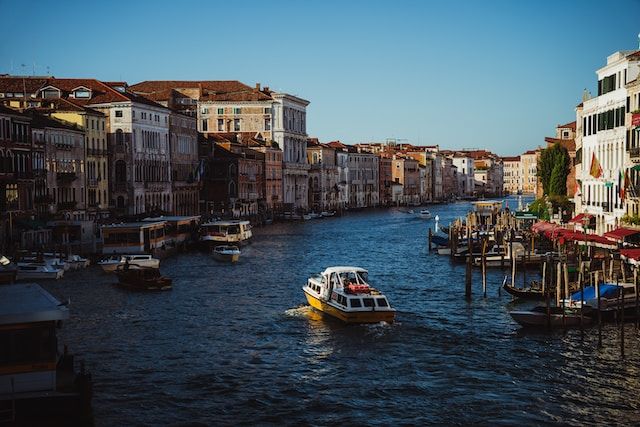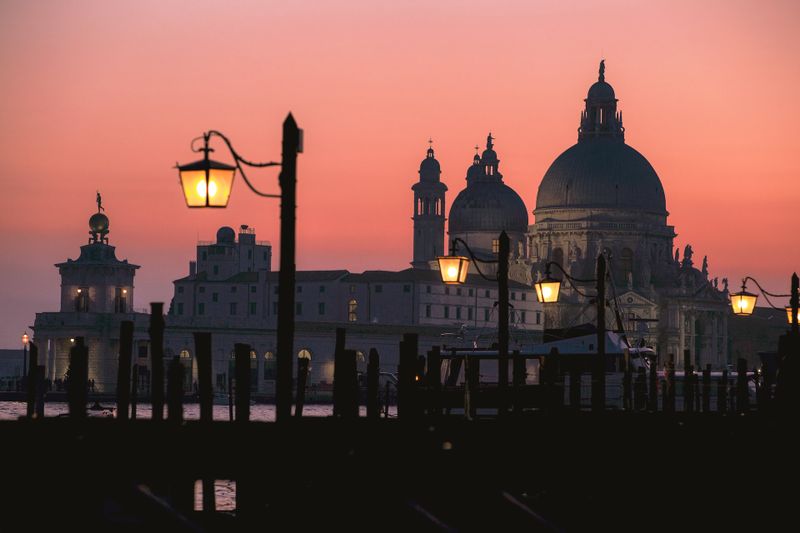The province of Venice has lost ground in Italy's quality of life rankings, placing 32nd, according to a recent Sole 24 Ore survey revealed.
This is a significant drop from the previous year, with a focus on disappointing performance in the area of justice and security.
Udine at the top: excelling in quality of life

In the 34th edition of the survey, Udine took first place, followed by Bologna and Trento.
Venice, one of the world's most popular tourist destinations, had to contend with a 12-place drop in the rankings, raising both interest and concern.
Quality of life Venice, key factors: Jobs, environment, health and culture
The annual ranking, in place since 1990, takes into account several factors that influence well-being, including labor, environment, health, safety and culture.
The main objective of the survey is to measure aspects of well-being in different Italian regions, using indicators for the previous 12 months provided by institutions, associations and research institutes.
Quality of life Venice, sector Analysis: Downward scores and hopeful increases
Looking at the individual chapters, interesting data emerge. In the chapter "wealth and consumption," Venice ranks 45th (down 22 from the previous year), while in "business and labor," it loses 19 positions, ranking 27th.
However, there are also positive notes with a significant increase in the "demographics and society" category (+28), bringing the province to 42nd place.
Down on safety, up on culture: Details on positions and performance
The Venetian province shows a remarkable performance in "culture and leisure," ranking 11th (+13 from 2022). However, challenges in "environment and services" are evident, with a loss of 13 positions (23rd place).
The critical area of "justice and security" marks the worst performance, slipping to 84th place and registering a significant loss of 34 positions from the previous year.
Quality of life Venice, sub-indicators: DMV up, leases down
Among the sub-indicators, the good position in the motorization rate stands out, attributable to the low number of cars on the road (44 per 100 inhabitants, compared to the national average of 66).
However, a negative figure emerges for average rents, with the province of Venice in 107th place, the last in the ranking, based on percentage incidence on average declared income.
Conclusion: Challenges to be addressed to improve welfare
In conclusion, the province of Venice faces significant challenges in improving the quality of life.
Awareness of these dynamics could be the first step toward targeted interventions to restore the position and prestige of this fascinating Italian region.

